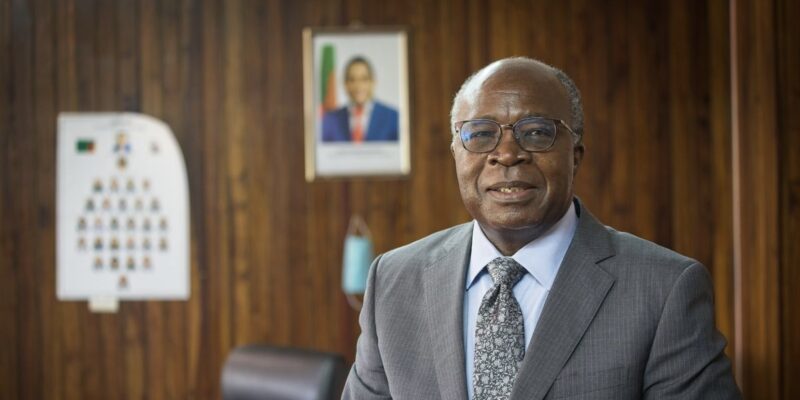Zambia has a huge infrastructure deficit in the road, energy and social sectors of the economy despite having borrowed a lot of funds in the past.
Finance and National Planning Minister, Situmbeko Musokotwane, said this in Lusaka during the council meeting for the Public Private Partnerships (PPPs).
Read more: UN body, UNCTAD, speaks on need to assess public-private partnerships
Musokotwane said that despite the government borrowing a lot of money in the past, there was still clearly a big gap in infrastructure.
“The most important road, the Lusaka to Copperbelt was in a bad condition and is still in bad condition. Faced with this situation we are in debt distress and on top of that some key infrastructure is in bad condition,” he said.
Musokotwane said that it had become imperative for the government to find other ways of financing infrastructure in the country.
The minister said that PPPs became a natural choice for the government.
“We jumped at it and did not wait to learn because we if we waited things would have become worse. Now the UN system has come to hold hands with us on our long journey of designing and implementing PPPs which is vital because learning never ends,” Musokotwane said.
He further said the government was ready to seek more knowledge on PPP model to effectively implement projects.
Musokotwane said since the PPPs model was adopted government had learnt a lot and was willing to share its experience and also learn from others.
He added that the good thing arising from the PPP model was that there were a number of projects being implemented under this initiative.
Musokotwane encouraged those that would be trained to learn as much as they can because in the next five to 10 years they would become experts in the area.
At the same event, the United Nations Conference for Trade and Development Chief of Transport, Frida Youssef, said there was need for investment in PPPs to attain the Sustainable Development Goals (SDGs).
Youssef stated that the government resources alone could not fund infrastructure projects because of competing demands, hence the need for private sector and business community to come together.
“PPPs can help bridge the SDGs infrastructure financing gap. Public resources can not meet all financing demands which allows for new sources and enhancement of private sector participation,” she said.
WARNING! All rights reserved. This material, and other digital content on this website, may not be reproduced, published, broadcast, rewritten or redistributed in whole or in part without prior express permission from ZAMBIA MONITOR.












Comments